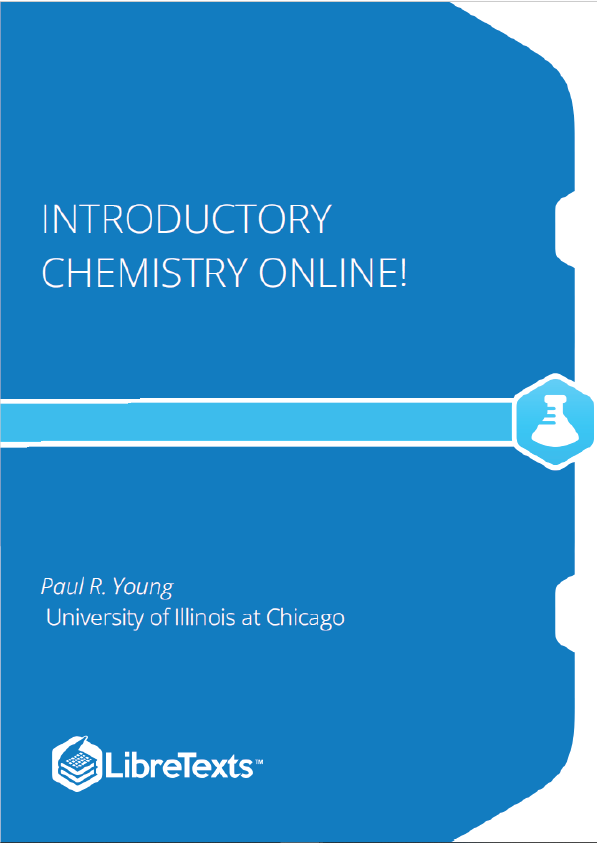Chemistry is the branch of science dealing with the structure, composition, properties, and the reactive characteristics of matter. Matter is anything that has mass and occupies space. Thus, chemistry is the study of literally everything around us – the liquids that we drink, the gasses we breathe, the composition of everything from the plastic case on your phone to the earth beneath your feet. Moreover, chemistry is the study of the transformation of matter. Crude oil is transformed into more useful petroleum products such as gasoline and kerosene by the process of refining. Some of these products are further transformed into plastics. Crude metal ores are transformed into metals, that can then be fashioned into everything from foil to automobiles. Potential drugs are identified from natural sources, isolated and then prepared in the laboratory. Their structures are systematically modified to produce the pharmaceuticals that have led to vast advances in modern medicine. Chemistry is at the center of all of these processes and chemists are the people that study the nature of matter and learn to design, predict and control these chemical transformations. Within the branches of chemistry you will find several apparent subdivisions. Inorganic chemistry, historically, focused on minerals and metals found in the earth, while organic chemistry dealt with carbon-containing compounds that were first identified in living things. Biochemistry is an outgrowth of the application of organic chemistry to biology and relates to the chemical basis for living things. In the later chapters of this text we will explore organic and biochemistry in a bit more detail and you will notice examples of organic compounds scattered throughout the text. Today, the lines between the various fields have blurred significantly and a contemporary chemist is expected to have a broad background in all of these areas.
In this chapter we will discuss some of the properties of matter, how chemists measure those properties and we will introduce some of the vocabulary that is used throughout chemistry and the other physical sciences.
Let’s begin with matter. Matter is defined as any substance that has mass. It’s important to distinguish here between weight and mass. Weight is the result of the pull of gravity on an object. On the Moon, an object will weigh less than the same object on Earth because the pull of gravity is less on the Moon. The mass of an object, however, is an inherent property of that object and does not change, regardless of location, gravitational pull, or whatever. It is a property that is solely dependent on the quantity of matter within the object.
Contemporary theories suggests that matter is composed of atoms. Atoms themselves are constructed from neutrons, protons and electrons, along with an ever-increasing array of other subatomic particles. We will focus on the neutron, a particle having no charge, the proton, which carries a positive charge, and the electron, which has a negative charge. Atoms are incredibly small. To give you an idea of the size of an atom, a single copper penny contains approximately 28,000,000,000,000,000,000,000 atoms (that’s 28 sextillion). Because atoms and subatomic particles are so small, their mass is not readily measured using pounds, ounces, grams or any other scale that we would use on larger objects. Instead, the mass of atoms and subatomic particles is measured using atomic mass units (abbreviated amu). The atomic mass unit is based on a scale that relates the mass of different types of atoms to each other (using the most common form of the element carbon as a standard). The amu scale gives us a convenient means to describe the masses of individual atoms and to do quantitative measurements concerning atoms and their reactions. Within an atom, the neutron and proton both have a mass of one amu; the electron has a much smaller mass (about 0.0005 amu).











